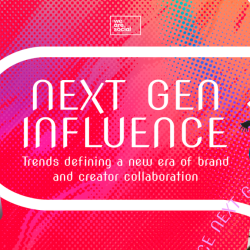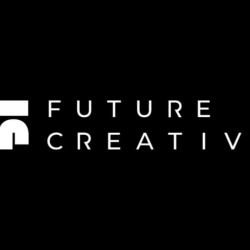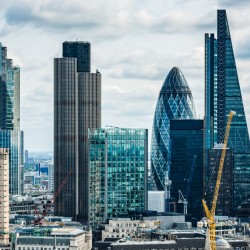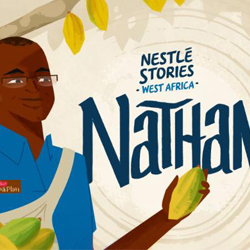There was a consensus that more content was better to cut through the noise of an increasingly competitive landscape
However, two wrongs don’t make a right: every agency and industry throwing content at the wall in the hopes that it will stick has had the opposite effect. Audiences are becoming increasingly selective about what they pay attention to, and are tuning out what isn’t relevant to them. Moreover, it’s not just that there’s too much content out there — it’s that in the rush to continue sharing it. A lot is simply dished out for the sake of it. It’s no wonder that 95 per cent of content falls flat with audiences. It’s not meaningful.
Digital does have a part to play in this. In many cases, a bigger emphasis is placed on ‘can we?’ rather than ‘should we?’ The pressure of being left behind and missing out on the next shiny thing seems to win over whether it adds anything valuable to a brand.
Consider when disposable cameras were the way to capture images. When you only had ten pictures left on the film reel, it was necessary to think and consider what those images should capture. Each image would have a purpose. It would have a meaning. Today, our iPhones enable us to capture everything and anything — the average person has around 2000 photos in their camera roll.
This has obvious repercussions on the environment. To use the ‘photo-hoarding’ example, a study found that the duplicated, unwanted images left in storage alone could accumulate 10.6kg of CO2 emissions annually for every adult in the UK — the equivalent of over 112,500 return flights from London to Perth, Australia.
It is not just images, either. More recently, many digital practitioners (including myself) have become more aware of the environmental impact of the internet. When it comes to our superfluous tendencies, we need to start thinking like when we used disposable cameras. Every choice should have a purpose and value, which guides the direction of work.
The good news is that this will benefit both the environment and customers.
At Célibataire we have doubled down on our ‘conscious design’ philosophy
This involves putting sustainability at the core of our design process. However, this doesn’t mean compromising on the design. By thinking critically about ‘what needs to be there’ and what adds value to the experience, we can create better solutions that reduce emissions. And we can improve user — and business outcomes.
For example, product usability and accessibility aren’t less important in sustainable UX design, they are enhanced. When a website’s content is light and presented intuitively, the user can more easily navigate it, which reduces CO2 emissions. This is because it minimises the number of page loads for users on their way to the intended content. The less clutter on a website also means less loading time and a lower carbon footprint. Furthermore, it transforms a user journey into a more enjoyable digital experience.
Ultimately, there comes a point in content creation in which brands must weigh ethics and purpose alongside other goals.
It’s about taking the time to consider whether that content adds value and is worth spending time with. Use purpose and mindful consideration in everything you do, and the audience is sure to follow.
Featured image: picjumbo.com / Pexels
































